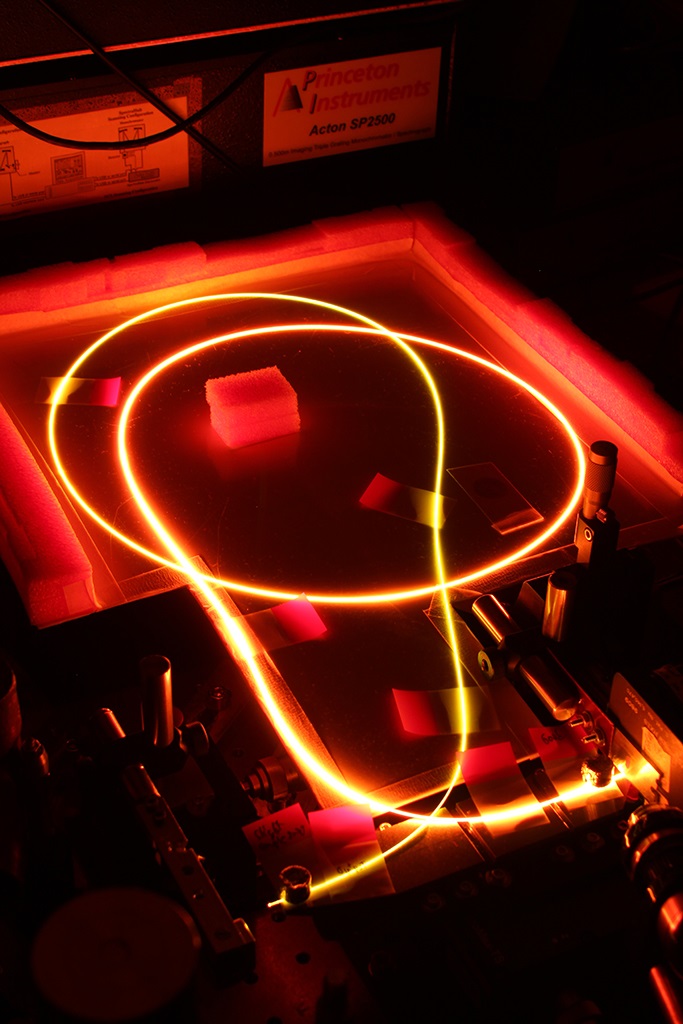8th of April, 2016
Researchers from the University of Adelaide developed a laser that can remotely detect greenhouse gases and operates over a large range within the mid-infrared light spectrum.
Project leader David Ottaway said the innovative technology could be used to identify “molecular fingerprints” by searching for traces of airborne gases.
“The new laser is operating at a wavelength where many hydrocarbon gases, including the greenhouse gases, absorb light,” he said.
“This particular laser that we’ve demonstrated has the broadest tuning range, which means that it can cover more frequencies than any other fibre laser. Usually they can only work on a narrow range of light.
“By changing the wavelength of our laser, we can measure the light absorption patterns of different chemicals with a high degree of sensitivity.”
Associate Professor Ottaway said the technology could play a key role in detecting methane emission sources.
“Methane is the dominant component in natural gas, which has a carbon footprint roughly 25 times that of CO2 for the same amount of gas released, and is the second most prominent greenhouse gas after CO2,” he said.
“One of the things we can do with this technology is tell the difference between ethane and methane. If you can actually detect a difference between them, you can determine if it’s coming from an agricultural source or not.”
According to the United Nations, agriculture is responsible for almost 20 per cent of the total release of greenhouse gases world-wide.
Cows are among the biggest offenders, with each animal releasing between 55kg and 110kg of methane gas a year.
Molecular fingerprints are patterns of light absorption at different frequencies and are useful in precisely determining particular gases.
Assoc Prof Ottaway said the mid-infrared region was where a lot of the fundamental transitions caused by the bonding of elements like carbon, nitrogen and oxygen to hydrogen occurred.
He said that by shining a laser through a sample of air, the laser wavelength could match a certain feature in the gas that would then be absorbed.
“You won’t see as much light transmitted through the cell,” he said.
“So you can shine the laser in, change it’s wavelength and watch how the absorption through the cell changes with wavelength.”
The new laser is much smaller and more portable than contemporary models, making it easier to operate. It is also considerably cheaper than rival machines.
Other potential applications for the technology include analysing trace gases in exhaled breath to detect the presence of disease. For example, acetone can be detected in the breath when someone has diabetes.
Assoc Prof Ottaway said there were ongoing talks with various companies and investors to commercialise the technology, which included international organisations from Asia.
This study was published in Optics Letters and was done in collaboration with Macquarie University in Sydney.














